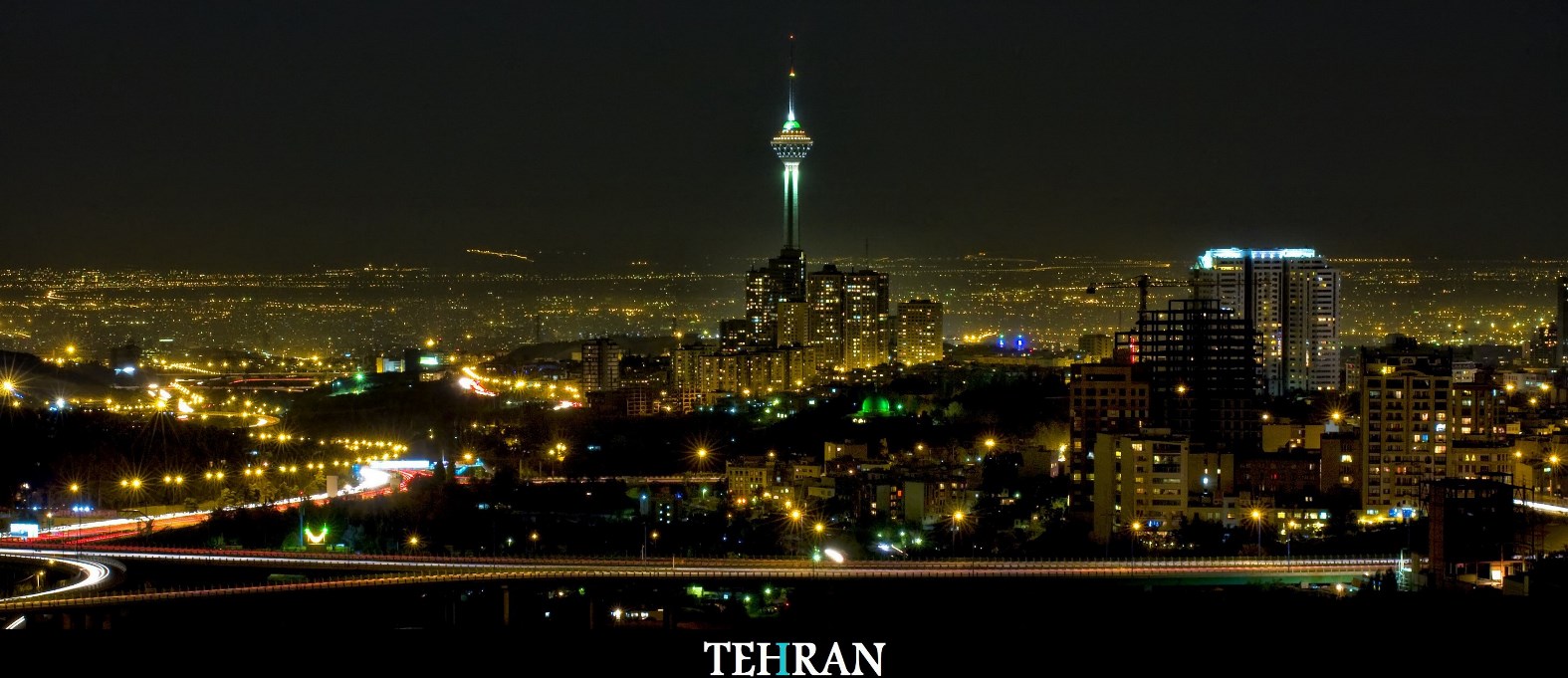

Iran needs more than $4.2 billion of investment over the next five years to bring a massive titanium mine in the country’s southeast fully online, an official says.
The deposits in Fanuj can yield 30 million tonnes of titanium ore a year over a period of 400-500 years, head of the board of directors of Makran Steel Jamshid Jahanbakhsh Tehrani said.
Fanuj is a district in Iran’s Sistan-Baluchestan province which is estimated to sit on 3.6 billion tonnes of titanium reserves. The Fanuj prospect includes a cluster of 30 deposits, each able to yield 1 million tonnes of titanium ore per year.
Titanium is the strategic metal of the century, named after the powerful Titan gods in Greek mythology. Because of its strength, light weight and corrosion resistance, the metal is highly prized in aircraft manufacturing, with further applications in military, aerospace, marine industries, dental implants and industrial processes.
Tehrani said more than 80 mines of titanium, iron ore and copper have been explored in Fanuj over the past five years, the IRNA news agency reported.
The titanium yield from the region will be ferried by 2,400 trucks to the Port of Chabahar on the Sea of Oman for processing and shipped to Asia and Europe for reduction to titanium ingot, he said.
More than 4,000 people are projected to be employed at the site of the deposits and a further 9,000 at processing facilities in Chabahar, Tehrani added.
Iran’s other major titanium reserves are located in Kahnuj in the Kerman province, estimated at 400 million tonnes, and the high-concentration Qara Aghaj hard rock near Urmia with 200 million tonnes of deposits.
Iran plans $29 billion of mining investment, including $15 billion by foreign investors. The projects range from steel to aluminum and copper and mining gold, rare earth elements and coal.
So far, Japan’s leading steelmakers have indicated interest in production of titanium in Iran. Executives of Kobe Steel Ltd and the state-run Japan Oil, Gas and Metals National Corp (JOGMEC) met officials in Tehran in August and discussed plans for cooperation.
Last week, Deputy Industry, Mine and Trade Minister Mojtaba Khosrowtaj said copper, iron ore and heavy rare earth elements could be worth “much more” than Iran’s crude oil revenues.
Iran possesses 7% of the world’s total mineral reserves worth about $700 billion but this figure could rise to $1.4 trillion with new discoveries, officials say.
The mining sector, however, is underdeveloped, accounting for less than one percent of the country’s gross domestic product (GDP).
